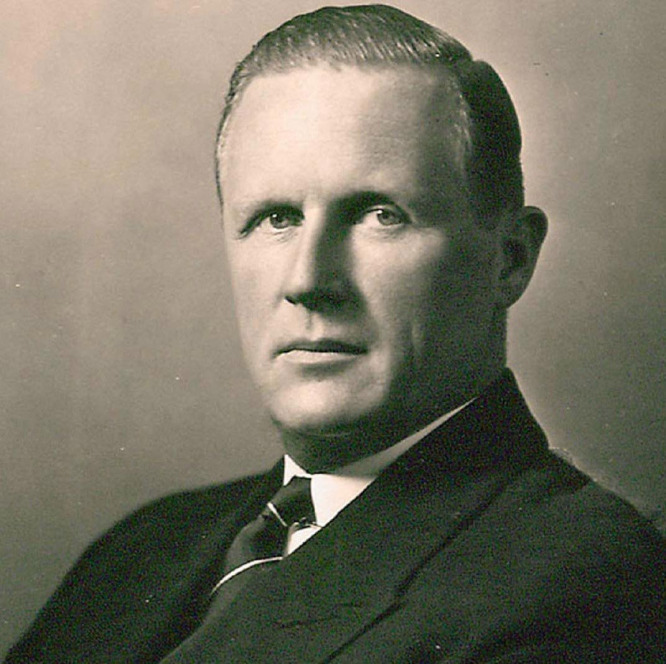
Our history
“We try never to forget that medicine is for the people. It is not for the profits.”
– George Merck
For over 130 years, we've been guided by the view that great medicines and vaccines change the world.
Our historic commitment to the development of medicines and vaccines continues today. Today, as a leading research-based biopharmaceutical company, we focus on scientific advances in the areas of oncology, bacterial and viral infectious diseases, immunology and cardiovascular diseases, animal health and vaccines.

1668
Foundation Darmstadt
Friedrich Jacob Merck acquires the Engel pharmacy in Darmstadt and lays the foundation stone of today’s company Merck Sharp & Dohme. The pharmacy is still owned by the family to this day.
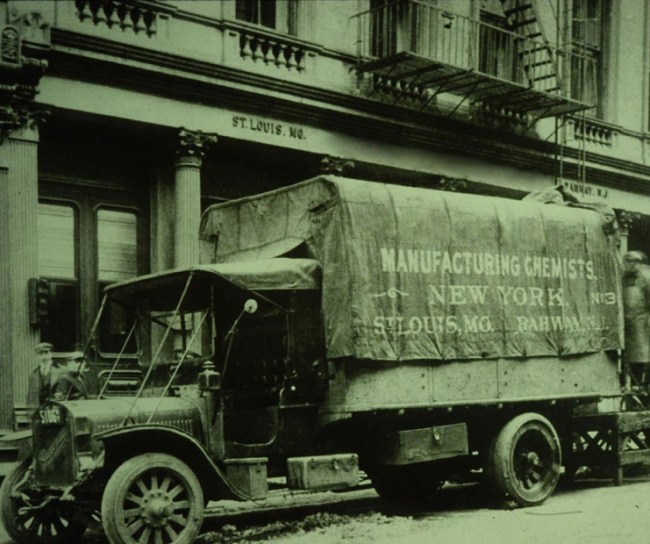
1891
Founding USA
Merck & Co., Inc. Rahway, NJ, U.S., was founded on January 1, 1891. George Merck, age 23, established the company in the U.S. to distribute fine chemicals throughout New York City and the neighboring areas. Merck & Co., Inc., Rahway, New Jersey, U.S., is known as MSD everywhere outside of the U.S. and Canada.

1917
After the end of World War I, Merck & Co. becomes the US company Merck & Co. Inc., USA, which is managed by the parent company. Since naming rights are only given in the US and Canada, we are known as MSD in all other countries
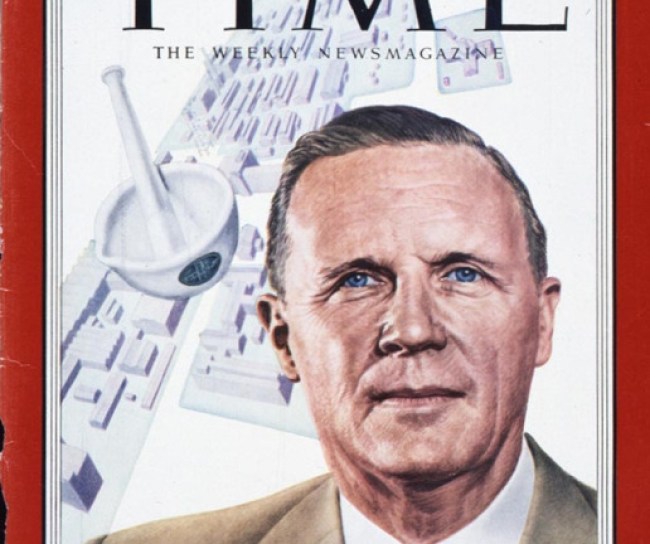
1925
George W. Merck became president of our company
George Merck’s son, George W. Merck, began his career in the packing and shipping department in 1914, and he received training in most branches of the business. He would lead the company through the 1927 merger with Powers-Weightman-Rosengarten Co. and turned his attention towards building research capacity, catalyzing the company’s reputation for innovation.
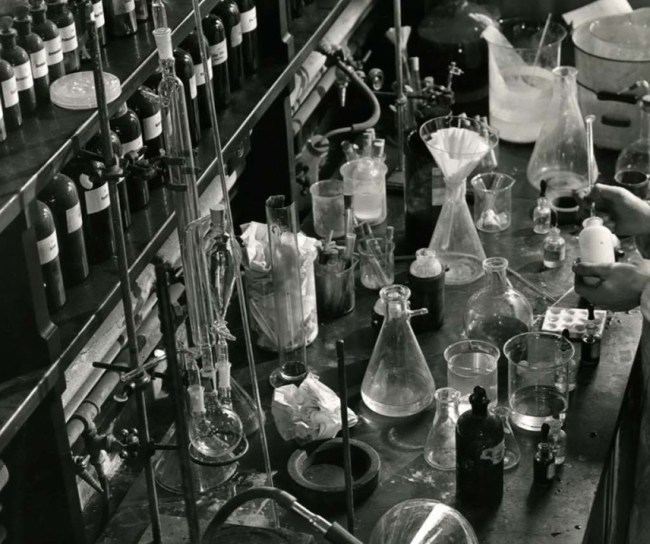
1933
Created the first Research Laboratory
The MRL Research Laboratory was founded in Rahway, New Jersey. The laboratory represented our initial foray into pharmacological research and included three separate divisions: Pure Research, the Institute for Therapeutic Research and Applied Research.
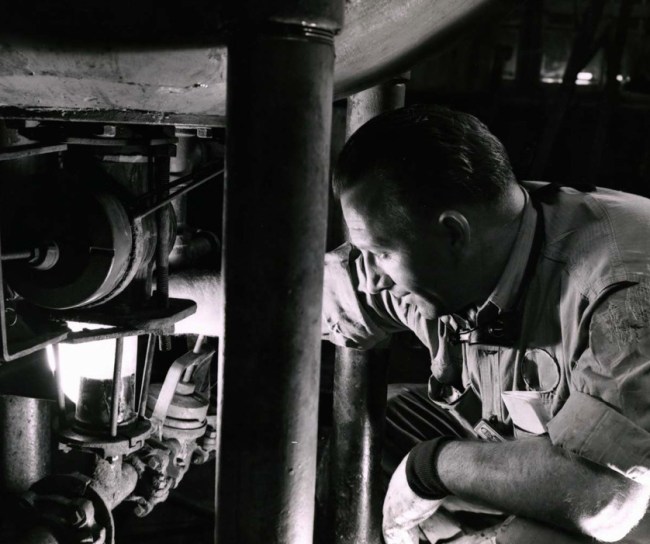
1936
Synthesized Vitamin B1
We first synthesized vitamin B₁ and published the results in the Journal of the American Chemical Society. The development allowed for mass production of the vitamin, and within a few years, the product had contributed to the reduction of vitamin B₁ deficiency (beriberi). In subsequent years, management committed the company to isolating and synthesizing vitamins and making them more widely available.
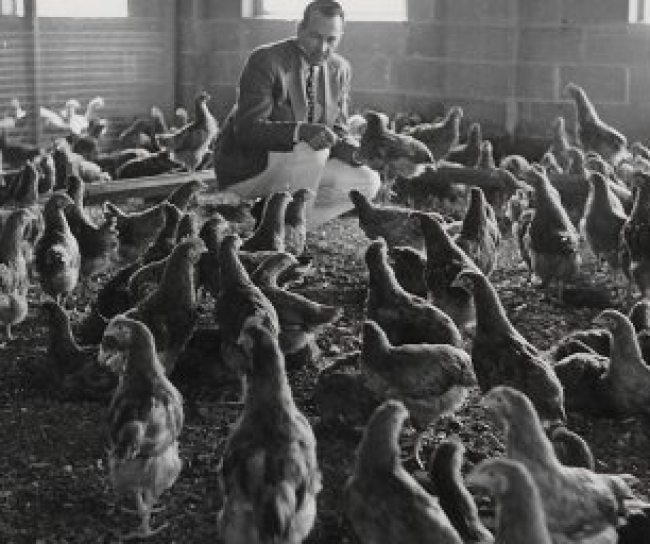
1940
MSD entered the animal health market

1942
Penicillin Production
To meet the excessive demand for medicines in the population and in war, MSD supports the development of a process that accelerates the production of penicillin. As a result, 4.18 billion units of the antibiotic are produced.

1947
FDA approval of streptomycin for the treatment of tuberculosis
The U.S. Food and Drug Administration (FDA) approves streptomycin for the treatment of tuberculosis. In 1944, Dr. Selman A. Waksman discovered streptomycin, the first effective treatment for tuberculosis, for which he was awarded the Nobel Prize in Medicine in 1952. MSD supported Dr. Waksman’s work and made the rights to streptomycin generally available because of its great importance for public health.
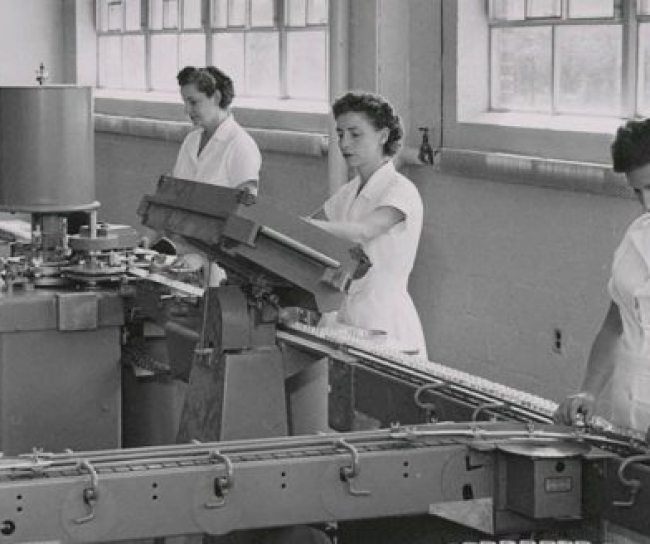
1950
First production of cortisone
MSD succeeds in producing cortisone for the first time. After doctors at the Mayo Clinic discovered cortisone, it was MSD scientist Dr. Lewis Scarett who made the commercial production of cortisone possible.
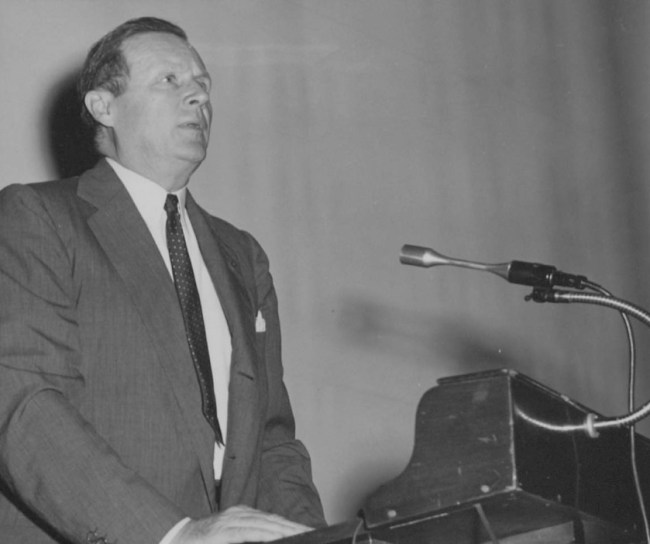
1950
Medicine is for the people
In a defining moment for the company, George W. Merck gave a talk at the Medical College of Virginia at Richmond, during which he made a famous statement about how the medical and pharmaceutical community could be successful:
“We try to remember that medicine is for the patient. We try never to forget that medicine is for the people. It is not for the profits. The profits follow, and if we have remembered that, they have never failed to appear.”
This philosophy is embraced by our leaders and employees to this day.
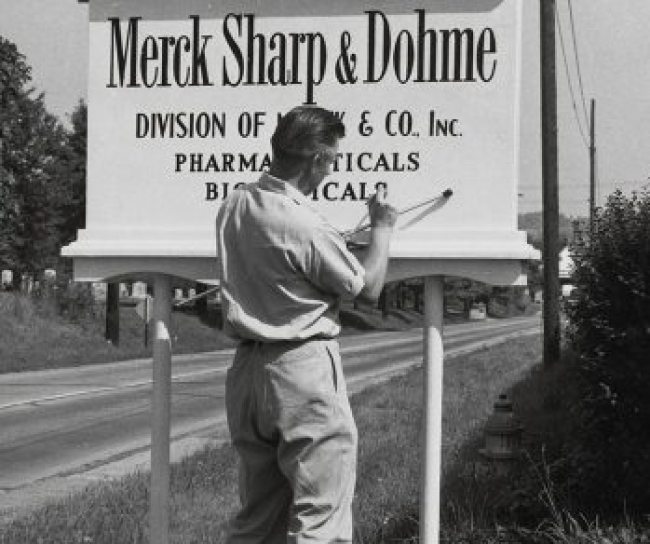
1953
Merger with Sharp & Dohme
The merger to create Merck Sharp & Dohme (MSD) [(headquartered in Rahway, New Jersey, U.S.)] brought together our extensive chemical research and manufacturing facilities with Sharp & Dohme’s pharmaceutical development, marketing expertise and international presence. Sharp & Dohme’s West Point, Pennsylvania facilities were included in the merger.
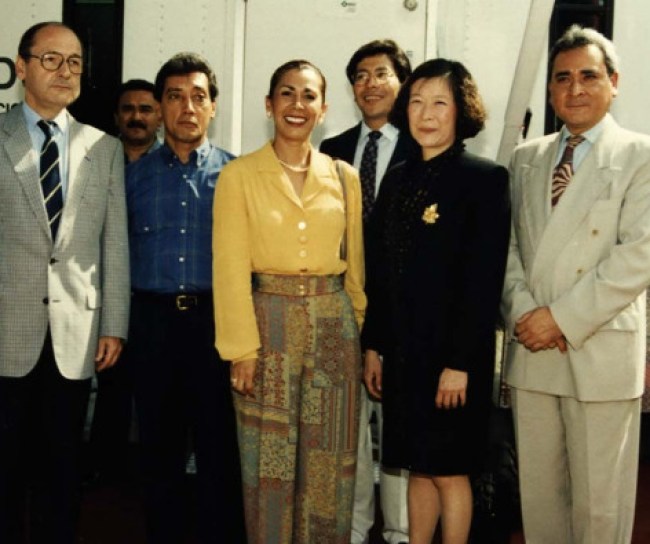
1957
The Foundation was created
MSD established the Company’s Foundation, a non-profit corporation dedicated to charitable giving, with an initial contribution of $500,000. To date, the Foundation has contributed hundreds of millions of dollars to non-profit organizations.
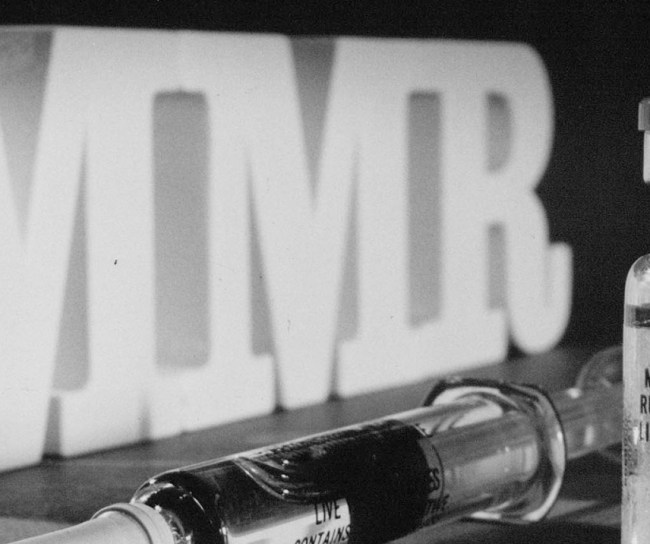
1971
The M-M-R vaccine
MSD introduces the first measles vaccine developed in collaboration with Dr. Maurice Hilleman. During his 25-year career with the company, Dr. Hilleman is involved in the development of more than 35 vaccine products. Among them is the mumps-measles-rubella triple vaccine still used today.

2011
Global MSD for Mothers initiative began
In 2010, one woman died every two minutes during childbirth and pregnancy. Many of these deaths were preventable. In response, we launched MSD for Mothers, a global initiative with partners to improve the health and well-being of women before, during and after pregnancy and childbirth. As of 2019, the effort has reached more than nine million women globally in 48 countries.

2013
Ivermectin Donation Program
The ivermectin donation program leads to the World Health Organization (PAHO/WHO) declaring Colombia as the first country in the world where river blindness transmission has been eliminated. Meanwhile, river blindness has also been defeated in Ecuador, Guatemala and Mexico.

2015
First immuno-oncology cancer therapy
MSD launches its first proprietary immuno-oncology compound on the European market, entering the field of immuno-oncology cancer therapy.
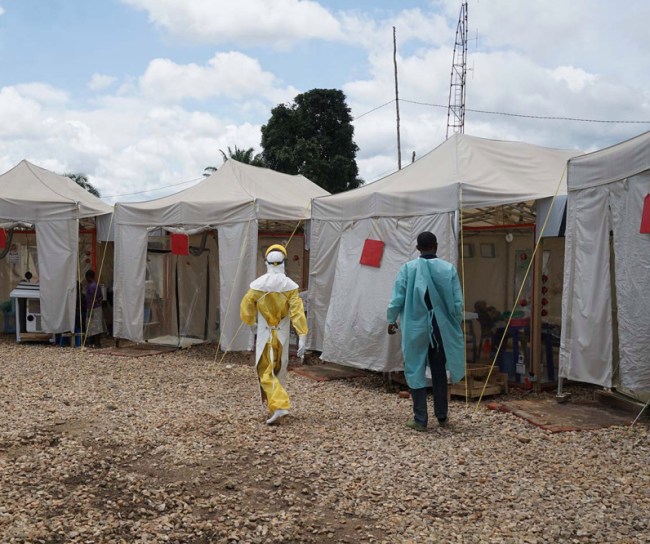
2019
First vaccine against Ebola approved
The first vaccine against Ebola, developed by MSD together with the European Medicines Agency and the WHO, is approved.
AT-NON-02729, created December 2024
